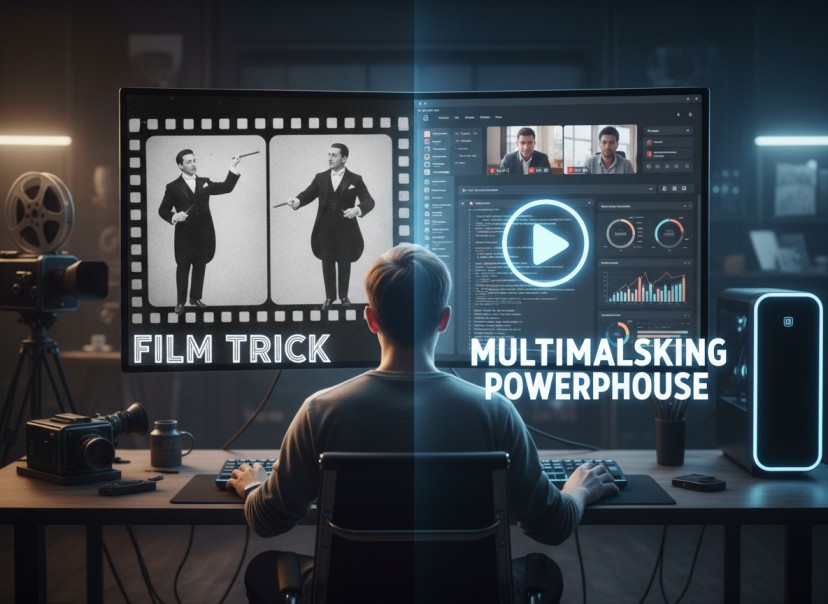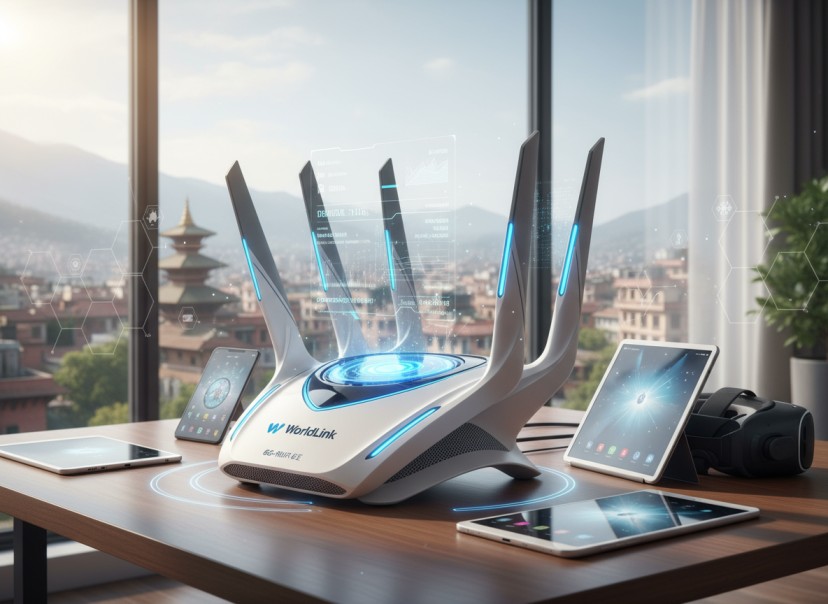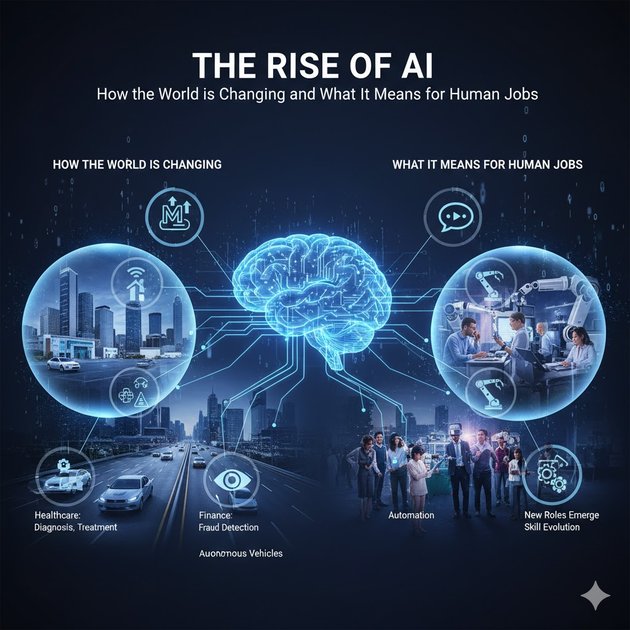The Evolution and Importance of the Split Screen Concept
The concept of split screen has come a long way—from a clever filmmaking trick used in the early 1900s to one of the most essential features in today’s digital interfaces. Whether it’s letting viewers watch simultaneous events in a movie, enabling gamers to play together on one screen, or helping users multitask on their devices, split screen has become a universal visual language that shapes how we experience media.
Why Split Screen Matters
1. Simultaneity and Parallel Action
Split screen makes it possible to show events happening in different places at the same time. This adds real-time tension and urgency, famously used in shows like 24 where every second counts.
2. Comparison and Contrast
By placing images or information side-by-side, split screen highlights similarities or differences. It’s widely used in journalism, product comparisons, and computing—like comparing two documents at once.
3. Enhanced Storytelling and Depth
Filmmakers and creators use split screen to show multiple viewpoints, inner thoughts, character duality, and flashbacks—all without disrupting the narrative flow. This enriches the emotional and visual depth of a story.
4. Multitasking and Productivity
In modern computing, split screen is a productivity essential. Phones, tablets, and PCs let users run multiple apps simultaneously—taking notes while watching a video, checking emails while browsing, or managing documents side-by-side.
5. Interactive Design
Web designers and advertisers use split screen layouts to present two dynamic pieces of content at once. This boosts engagement and offers users clear, interactive choices in a single frame.
How Split Screen Evolved Over Time
Early Cinema (1890s–1910s)
The earliest split screens appeared in silent films. Works like Life of an American Fireman (1903) and Suspense (1913) used the technique to show simultaneous action or a character’s thoughts. Georges Méliès also experimented with it to create multiple versions of himself on screen.
Mid-Century Cinema & Optical Printing (1950s–1970s)
With optical printer technology, split screen became more sophisticated. Movies like The Thomas Crown Affair (1968) and Woodstock (1970) used it to deliver fast information and stylish visuals. It even worked around censorship—for example, showing actors together in a bed in Pillow Talk (1959).
Video Games & Early Computing (1970s–1990s)
Split screen became a standard for local multiplayer gaming. Classics like Lemmings and GoldenEye 007 relied on it so multiple players could share one TV.
The Digital Age (2000s–Present)
With digital editing, split screen exploded in popularity. The TV show 24 used it as a signature storytelling tool. Today, it’s found in iPad multitasking, Windows Snap View, web design, and mobile ads.
Contemporary Media
In an era defined by Zoom calls, TikTok duets, reaction videos, and before-and-after edits, split screen has become part of our everyday digital language. It represents the “multi-reality” world we live in—where information, conversations, and perspectives appear side-by-side.




